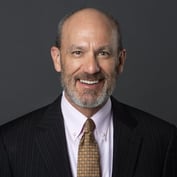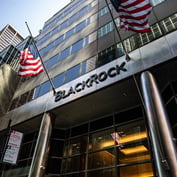Looking to attract more clients? The answer likely lies with referrals–both from clients and from relationships with other professionals such as CPAs and attorneys.
In 2003, advisors embraced a “cocoon” marketing strategy of working only with current clients and not seeking new ones. In contrast, 2004 looked more like a “butterfly” year, with advisors accelerating their use of virtually every marketing tool–with the exception of newsletters and Web sites–to bring in new clients. As in years past, most advisors continue to market themselves via referrals from existing clients. In 2004, this marketing method was even more dominant as the percentage of advisors who used referral strategies rose to 98% from 94% the year before (Chart 1). This has proven to be an effective method: 41% of new clients were landed as a result of referrals from existing clients.

In addition, many advisors realize that good marketing involves creating strong relationships with related professionals, such as CPAs and attorneys. Professional referral agreements skyrocketed nearly 40% from last year to tie as the number two marketing method used, increasing to 75% from 55% in 2003.
Investment advisors who concentrated on high net worth (HNW) individuals clearly see professional referral agreements as an effective marketing tool for expanding their business–31% of those advisors use these referrals to bring in new clients. In most cases the partner’s target market is identical or very similar to the advisor’s. Ranking only second to referrals from clients, advisors cite referral agreements with CPAs or attorneys as a top source of new clients for advisors.








 August 09, 2005 at 08:00 PM
August 09, 2005 at 08:00 PM












